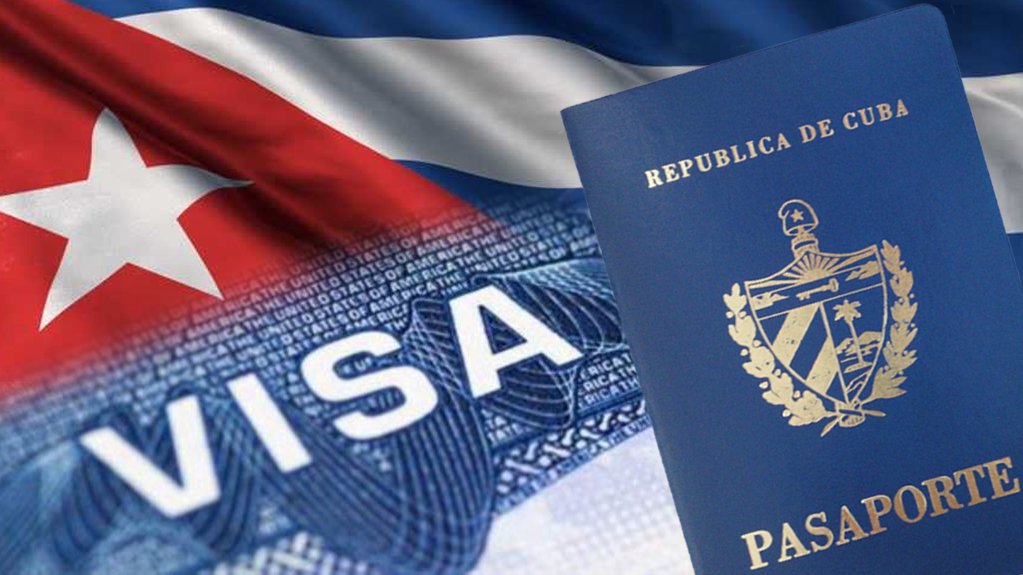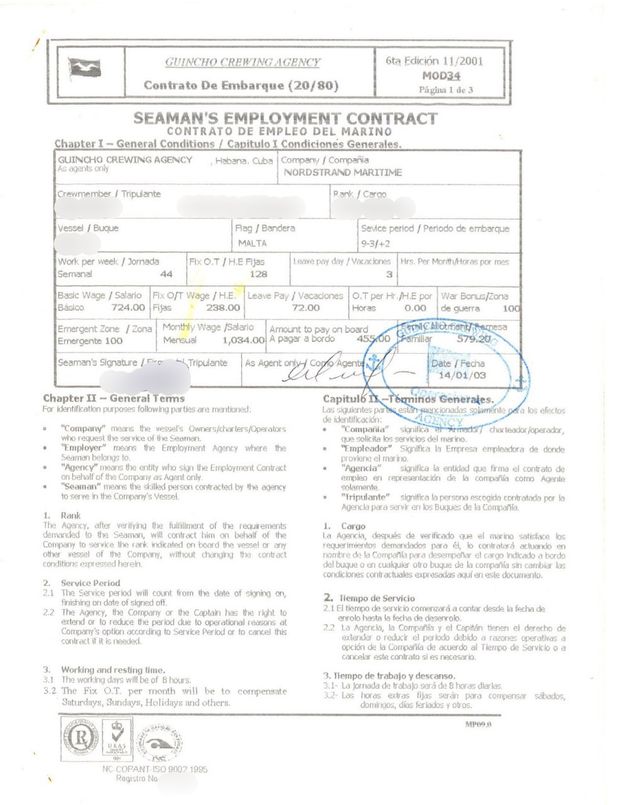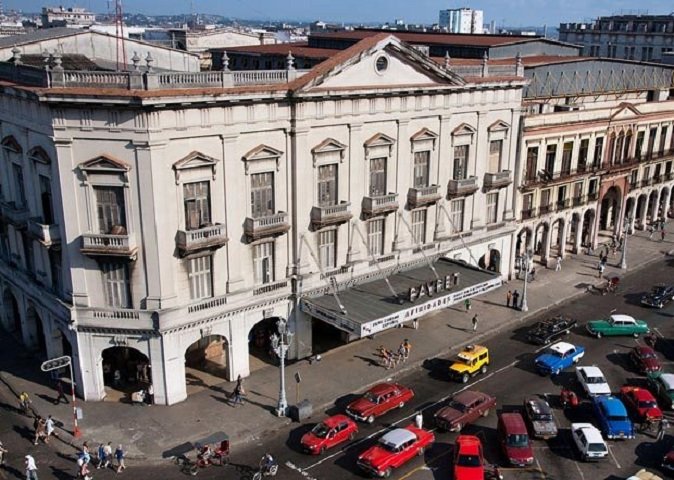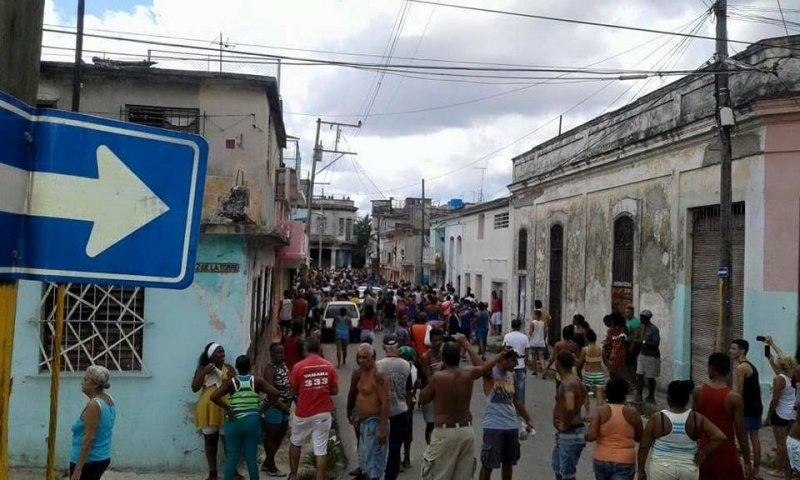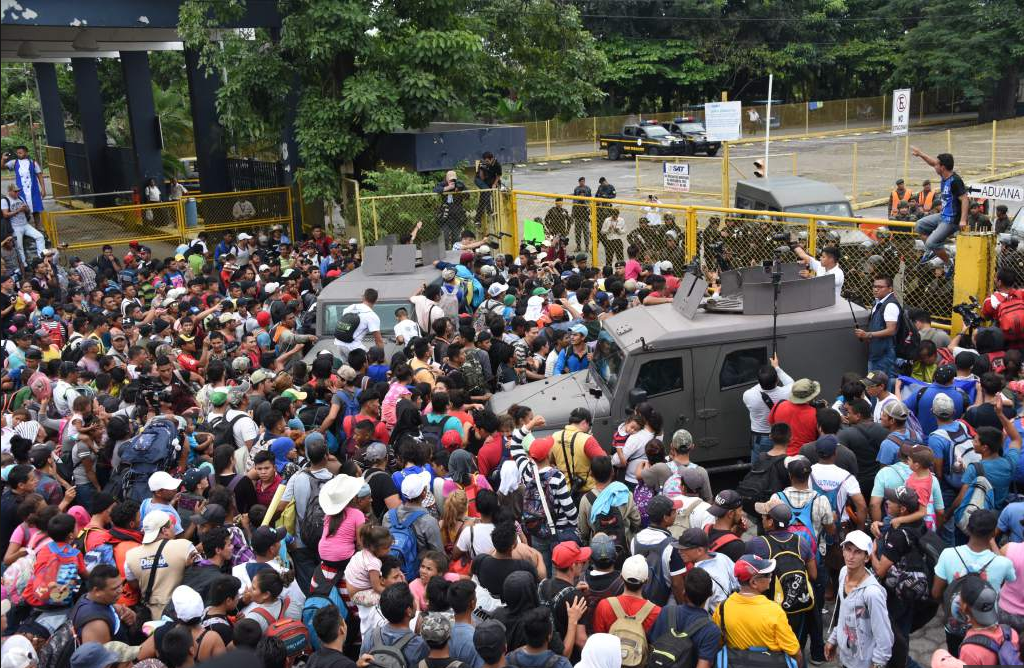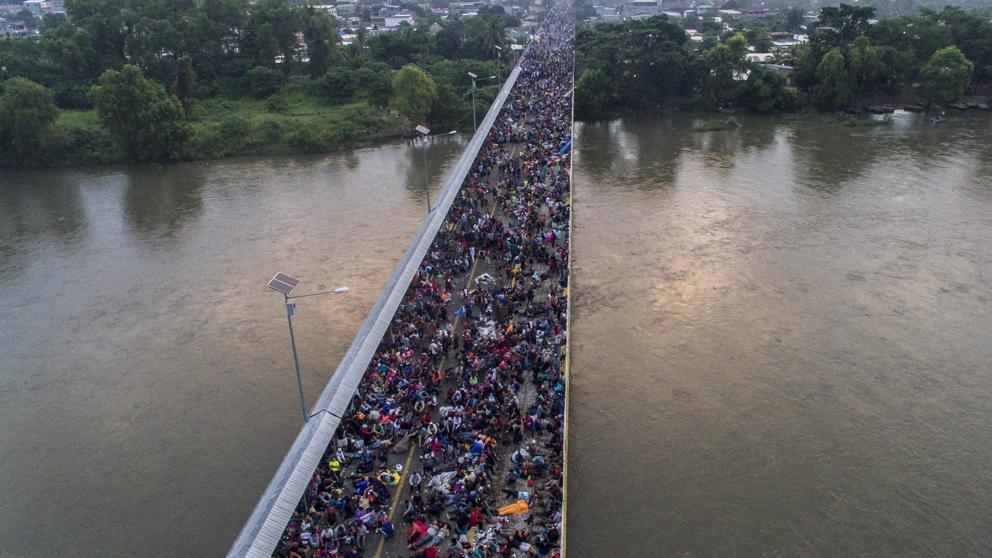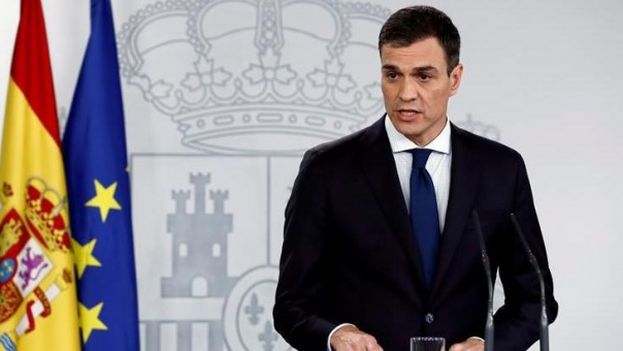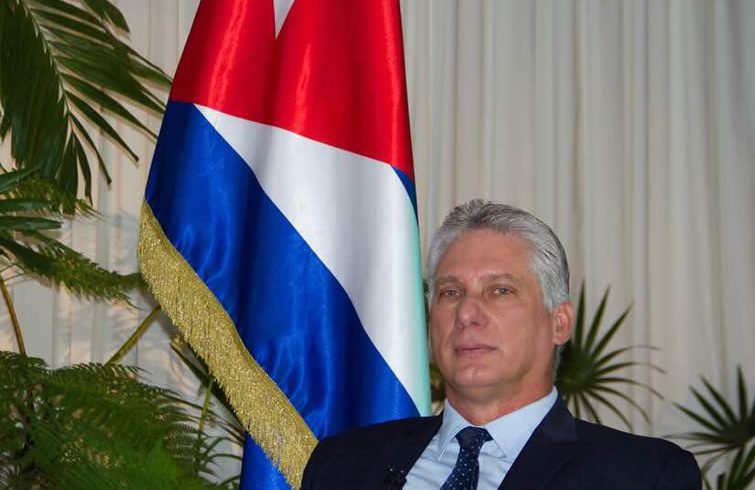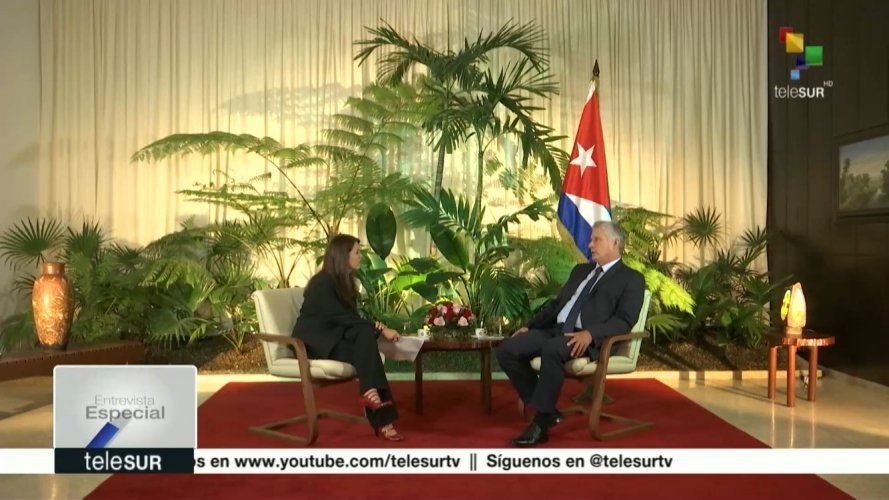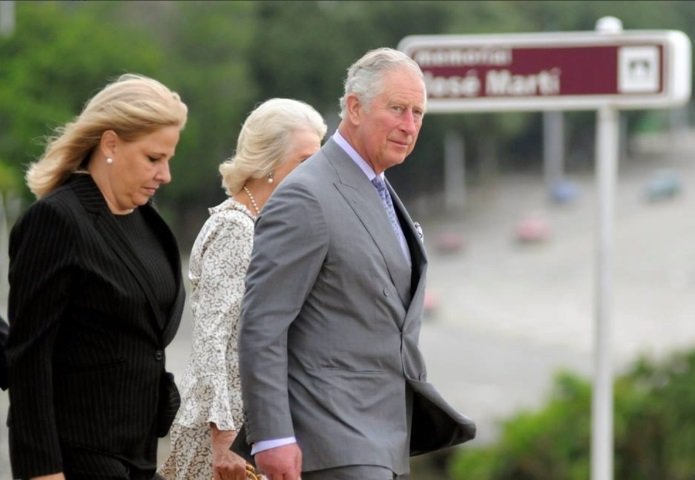
 Cubanet, Miriam Celaya, Havana, 26 March2019 — Despite the publication by the Castro press of each of two decaffeinated official biographies of their Royal Highnesses, the Prince of Wales and the Duchess of Cornwall — who arrived on the afternoon of the same day at the Cuban capital, fulfilling a visit announced months ago, in response to an official invitation from the Cuban government — and the brief mention on TV news of the activities and tours of the distinguished couple during their short stay in Havana, the modest profile granted by the government media to guests of such vintage ancestry makes one stop and think.
Cubanet, Miriam Celaya, Havana, 26 March2019 — Despite the publication by the Castro press of each of two decaffeinated official biographies of their Royal Highnesses, the Prince of Wales and the Duchess of Cornwall — who arrived on the afternoon of the same day at the Cuban capital, fulfilling a visit announced months ago, in response to an official invitation from the Cuban government — and the brief mention on TV news of the activities and tours of the distinguished couple during their short stay in Havana, the modest profile granted by the government media to guests of such vintage ancestry makes one stop and think.
Being such an unprecedented historic event, which some foreign media tried to view as a visit which will draw closer or improve the relations between Havana and London, the cold discretion of the Cuban authorities and the scant media coverage offered to the event are striking. If, in truth, the objective of this visit was so favorable to the leaders of the Government, they would not have missed the enthusiastic receptions and the mobilizations of the faithful, perhaps carrying posters in the style of: “Welcome Your Royal Highnesses” or some other similar tacky ploy.
Needless to also mention that the visit of the representatives of the British monarchy — or of any other of old Europe’s crown heads — is as unusual as it is foreign and distant to ordinary Cubans. Irreverent and plebeian by nature, anti-monarchists — earlier by inherited tradition from the independence wars; later, due to communist ideological indoctrination — and culturally refractory to any royal pedigree or palatial label, the idiosyncrasy of the inhabitants of this other archipelago has nothing in common with representatives of any royalty. continue reading
And so alien is the British royalty to Cubans that most do not even know of the scandals carried out in their day by the infidelities of the Prince of Wales who now visits us, his controversial divorce from Princess Diana, and the role the current wife of the heir to the throne, the former lover of the once restless Charles, played in those entanglements. Absorbed in the urgencies of daily survival, Cubans are not interested in this pair of aristocrats. To be sure, the heroes of the tearful regional telenovelas and their avatars are much closer and more familiar to the natives of this island than the intrigues of Buckingham Palace.
So, in perspective, it can be said that the presence of their British Royal Highnesses among us is a rather folkloric event which, at most, will awaken some curiosity among the plebes, but that will barely pass with neither sorrows nor glories and will be forgotten as soon as the visitors go back to where they came from.
Stranger still than this extemporaneous visit is that it is taking place in the midst of another turn of the screw in Cuba’s eternal economic crisis, when the deficiencies worsen, migrations abroad continue to show a growing trend and we can glimpse (literally) a grim horizon at the possibility of the loss of Venezuela’s oil subsidies in the near term.
If we look at them from the point of State relations, the links between a European monarchy with a long tradition and a rich lineage and a communist-cast dictatorship do not seem to be very consistent either. It is hard to believe that a politically influential personality such as the heir to the British throne can lend himself to offering friendly support to the Palace of the Revolution, especially when it is not usual for European royal houses to mark very clear political positions with the governments or mis-governments of the world.
Less credible still is that their Royal Highnesses should have taken the trouble to land in Cuba just to place a wreath to honor José Martí, visit the Palace of the Captains General, attend a function of the children of La Colmenita and another of the Alicia Alonso Ballet at the Gran Teatro de La Habana. They are princes, not dumb-asses.
On the other hand, despite the fact that Prince Charles ignored US Senator Rick Scott’s request, when in February he asked him to change his travel plans to Havana and visit Florida instead, where, as Scott wrote, he could ” to learn firsthand the six decades of atrocities, oppression and misery that the regime inflicted on Cubans”; and although the Prince’s agenda in Havana did not include any meetings with the dissident sectors or statements about the situation in Venezuela and the important role of Cuba in the military and intelligence support in that South American country, there are no indications of any kind so far of compromise or alliance between the unelected President of Cuba, Miguel Díaz-Canel and his geriatric conga line with the representative of the British monarchy.
Rather, everything indicates that the presence of Charles and Camilla in Havana responds more to an agenda related to aspects of financial interest and exploration of possible investments than to issues of a political nature, although protocol and appearances may suggest otherwise. Maybe, behind the scenes, the prince has also come to air the debts to the United Kingdom on the Cuban side. In any case, historically, English policy has maintained its independence with respect to Washington and has drawn its own agenda — as was demonstrated when it carried out the Falklands War — but when it comes time to cut the cake, London knows where its allies are.
For now, the details of the meeting of the Prince of Wales with Díaz-Canel and the real purposes of this visit of the British Royal House to Cuba are wrapped in a halo of mystery about which we can only speculate. In any case, on Wednesday, March 27th, the royal couple will leave Cuba to visit their former Caribbean island colonies. They will leave behind the same poverty and despair that have become the sign that marks the reality for Cubans.
Translated by Norma Whiting

